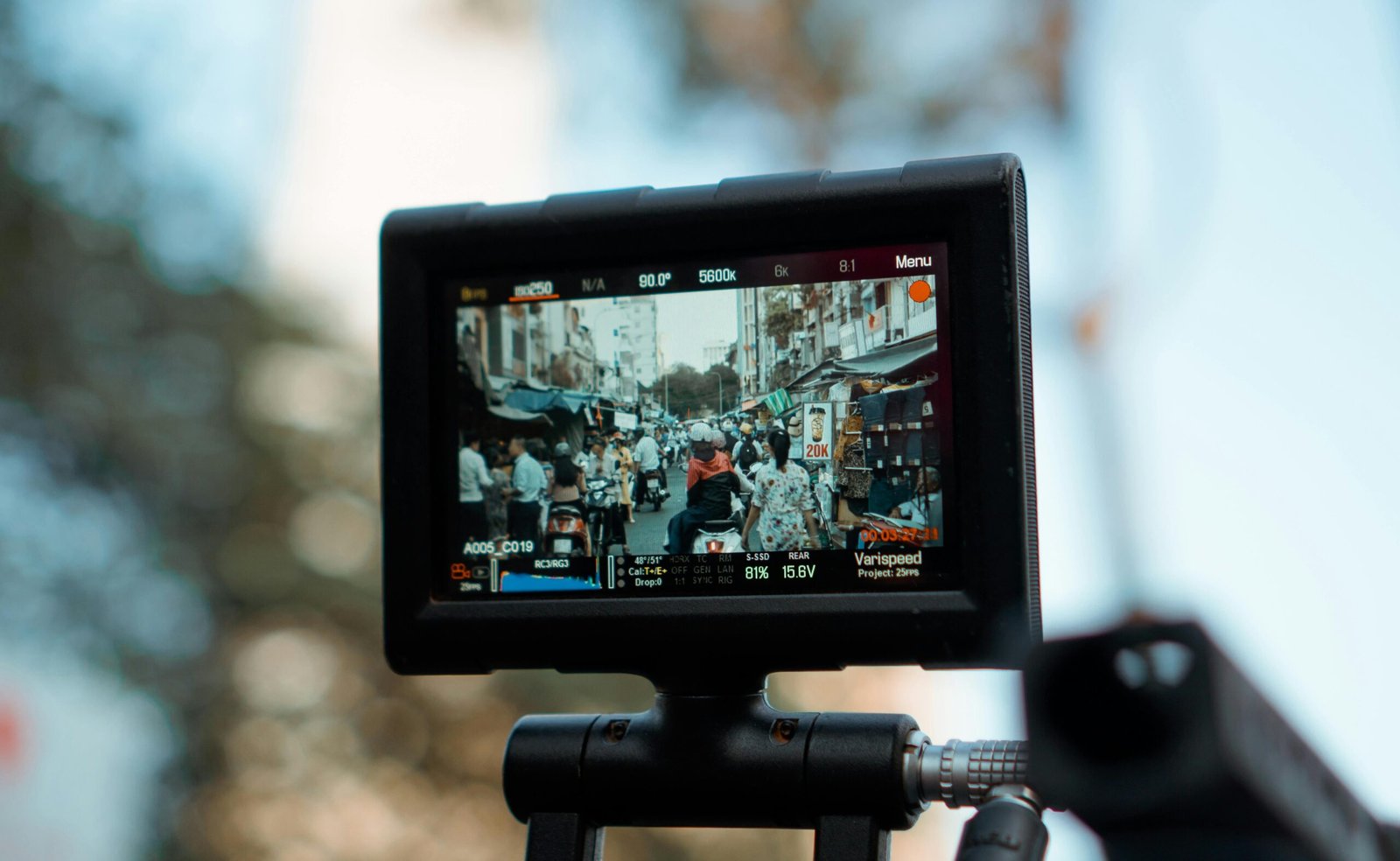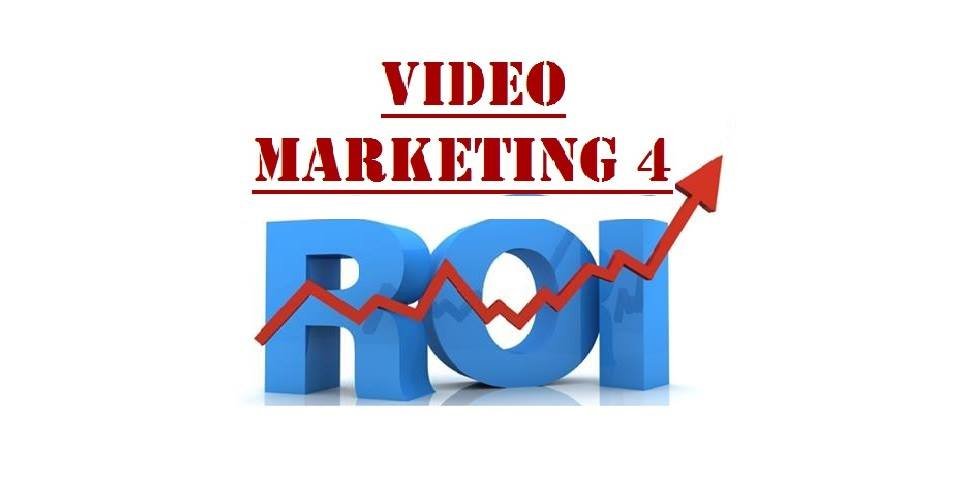Top 10 Essential Questions to Ask Before Starting Your Video Project Whether you're working on…
Understanding the Lifecycle of a Video Project: 7 Key Stages from Idea to Distribution
The lifecycle of a video project is a structured process that takes an idea and transforms it into a compelling visual story. Whether you are working on a commercial, a documentary, or social media content, each stage in the video production cycle plays a crucial role. In this guide, we’ll break down the lifecycle of a video project into seven essential stages, ensuring a seamless production from start to finish.
1. Pre-Production: Laying the Foundation
The lifecycle of a video project starts with pre-production, the stage where ideas take shape and planning begins. This phase involves brainstorming concepts, setting goals, and identifying the target audience. Key steps in pre-production include:
- Concept Development: Defining the story, message, and purpose of the video.
- Scriptwriting: Drafting and refining the script.
- Storyboarding: Visualizing scenes to guide the production team.
- Budgeting: Allocating funds for equipment, crew, and post-production.
- Casting and Location Scouting: Selecting actors and locations to enhance storytelling.
2. Production: Bringing Ideas to Life

Once planning is complete, production begins. This phase is the execution of all pre-production efforts, where the video is filmed based on the storyboard and script. Key elements include:
- Setting Up Equipment: Ensuring cameras, lighting, and sound gear are properly placed.
- Filming Scenes: Capturing footage according to the storyboard and shot list.
- Directing Talent: Ensuring actors and crew work effectively together.
- Recording Audio: Using professional equipment to capture clear sound.
3. Post-Production: Editing and Refining
The post-production stage is where raw footage is transformed into a polished video. This includes:
- Video Editing: Cutting and arranging clips to create a cohesive story.
- Sound Design: Enhancing audio with music, voiceovers, and sound effects.
- Visual Effects (VFX): Adding animations or special effects to enhance engagement.
- Color Correction & Grading: Adjusting colors to set the right mood and tone.
4. Review and Feedback: Perfecting the Video
After editing, the video undergoes a review process. This stage ensures that the final product meets expectations before distribution. Steps include:
- Internal Review: The production team evaluates the first draft.
- Client/Stakeholder Feedback: Gathering input from key stakeholders.
- Final Adjustments: Making necessary edits based on feedback.
5. Distribution Strategy: Choosing the Right Platforms
Choosing the right distribution method ensures your video reaches the intended audience. Distribution channels include:
- Social Media (YouTube, Instagram, Facebook, TikTok): Ideal for reaching broad audiences.
- Website & Blog Embeds: Enhances website engagement and SEO.
- Email Marketing: Personalized video content for targeted viewers.
- TV & Streaming Services: Suitable for commercial or professional productions.
6. Promotion and Marketing: Boosting Visibility
A great video needs effective promotion. Strategies to maximize reach include:
- SEO Optimization: Using keywords like “lifecycle of a video project” in titles, descriptions, and tags.
- Paid Advertising: Running social media ads to increase views.
- Influencer & Brand Collaborations: Expanding reach through partnerships.
- Cross-Promotion: Sharing on multiple platforms for wider exposure.
7. Performance Analysis: Measuring Success
Analyzing video performance helps in refining future projects. Key metrics to track include:
- Views & Engagement: Measuring audience interaction.
- Watch Time & Retention Rate: Understanding viewer behavior.
- Conversion Rates: Tracking leads and sales generated from the video.
- Feedback & Comments: Gathering audience insights.
Conclusion
The lifecycle of a video project is a multi-step process that requires planning, creativity, and strategic execution. From ideation to distribution, each phase plays a critical role in producing high-quality video content. By following this structured approach, you can create impactful videos that engage your audience and drive results.
FAQs
Q1: How long does the video production process take?
A: The timeline varies based on project complexity. A simple video may take a few days, while larger productions can take weeks or months.
Q2: What is the most crucial stage in video production?
A: Each stage is important, but pre-production is critical as it lays the foundation for a successful project.
Q3: How can I optimize my video for SEO?
A: Use relevant keywords in titles, descriptions, and tags. Also, add subtitles and transcripts for better accessibility.
Q4: Which platform is best for video distribution?
A: It depends on your target audience. YouTube is great for long-form content, while Instagram and TikTok work well for short-form videos.
Q5: What budget should I allocate for video production?
A: Budgets vary based on quality, equipment, and team size. Small projects may cost a few hundred dollars, while high-end productions can reach thousands.
By mastering the lifecycle of a video project, you can enhance your video content strategy and maximize your production’s impact!




